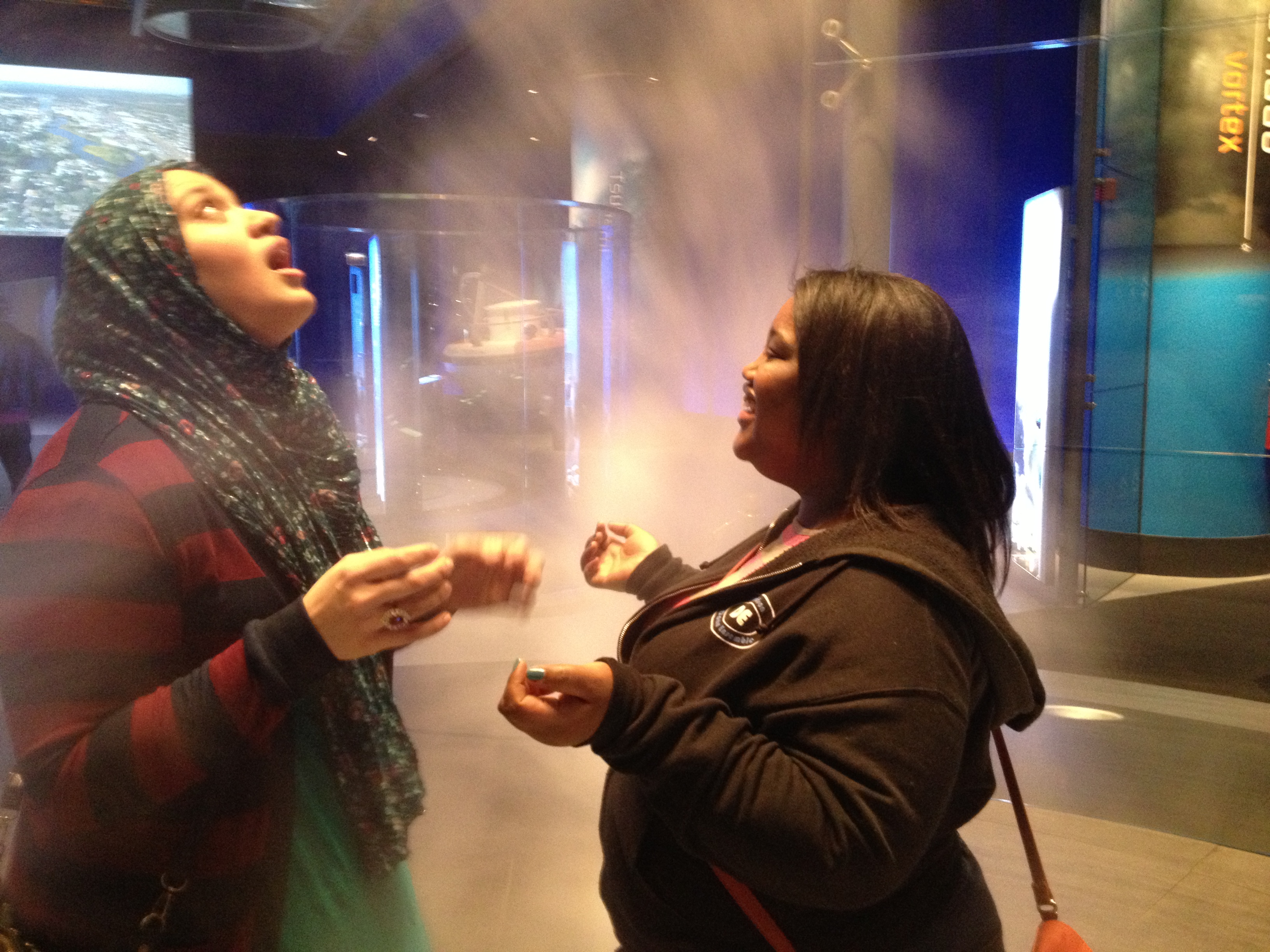
Redefining Success
[flickr id=”8388696641″ thumbnail=”medium” overlay=”true” size=”original” group=”” align=”none”]
I thought I’d share a second reflection from my multicultural class, as it has been absorbing a lot of my brain space the past couple of weeks. We are taking this class with the art education cohort, so we also decided that this would be a good time to visit the Museum of Science and Industry to catch up on some of the exhibits (hence all of the magical science photos that I have placed in this blog post). One of our last assignments is to explore our student teaching neighborhood to get to know the community better, and I hope to share that experience in the next couple of weeks. The reflection I’m going to share talks a little bit about my personal experience with redefining success for a student in my classroom. If it brings to mind any of your own experiences, please share them in the comments!
[flickr id=”8389783500″ thumbnail=”medium” overlay=”true” size=”original” group=”” align=”none”]
I can see how I may have planned curriculum for a class that I assumed was homogeneously literate rather than heterogeneously learning… I have found that looking at the meaning of success means taking routes I was not expecting.
– Susan Park
I think, in truth, that redefining success can be a lot easier said than done. Whenever I start the year off with a new class of students, the first concept we always discuss is that mistakes are okay. The bigger picture I hope for students to walk away with is that mistakes are sometimes made when we take a risk and try something new and that trying is how we become capable. We even talk about how mistakes can be beautiful, and I often encourage students to encourage each other to try to use their mistakes in their work to see if they can find a place for it in their narrative. This is a hard concept for a lot of students, because many of them have been thinking a lot about the product and not about the process. I set a measure of success for a playwriting unit as that all of the students in each group would take turns rotating in the different roles that their group work called for. I had one student who had struggled the year before and was showing the same signs of struggle in my class who would shut down whenever she was given the task of recording the group’s work. I did see, however, that she absolutely shined when she was the narrator of the group.
[flickr id=”8388696815″ thumbnail=”medium” overlay=”true” size=”original” group=”” align=”none”]
After a discussion with the student, I found that she felt ashamed of the way she printed words and that she wasn’t at a place where she felt like she could comfortably record everything her group said about their script. She did, however, feel like she had a powerful voice and was an excellent reader. After a discussion with her group, we made a decision that she would take the role of the narrator for this particular project. The other students still had the opportunity to read text aloud and rotate within the other roles of the group, but they all surprisingly understood her feelings and were happy to let her do something that was constructive. The other groups met the level of success I had envisioned for this project and took on every role, but I also deemed the work her group did as successful. It was successful because the students had shown empathy and because I knew that I could find time to help her with her writing outside of the group work (which made her feel like we were really highlighting her weaknesses). I also was able to see her shine as the narrator. She brought a renewed confidence to both her role and her group’s project that I had not expected.
